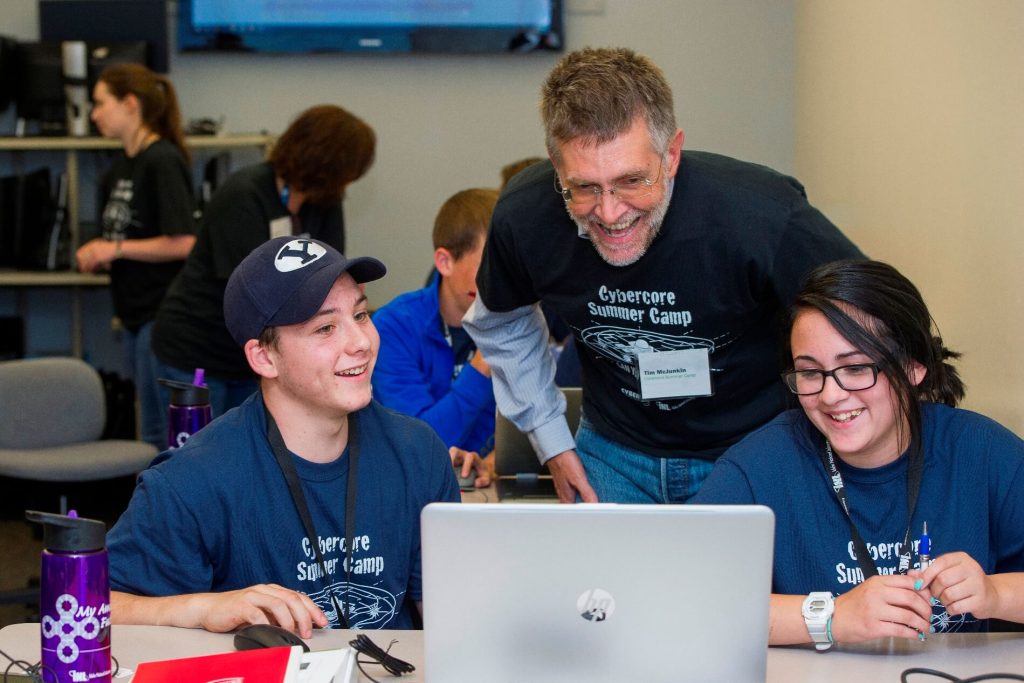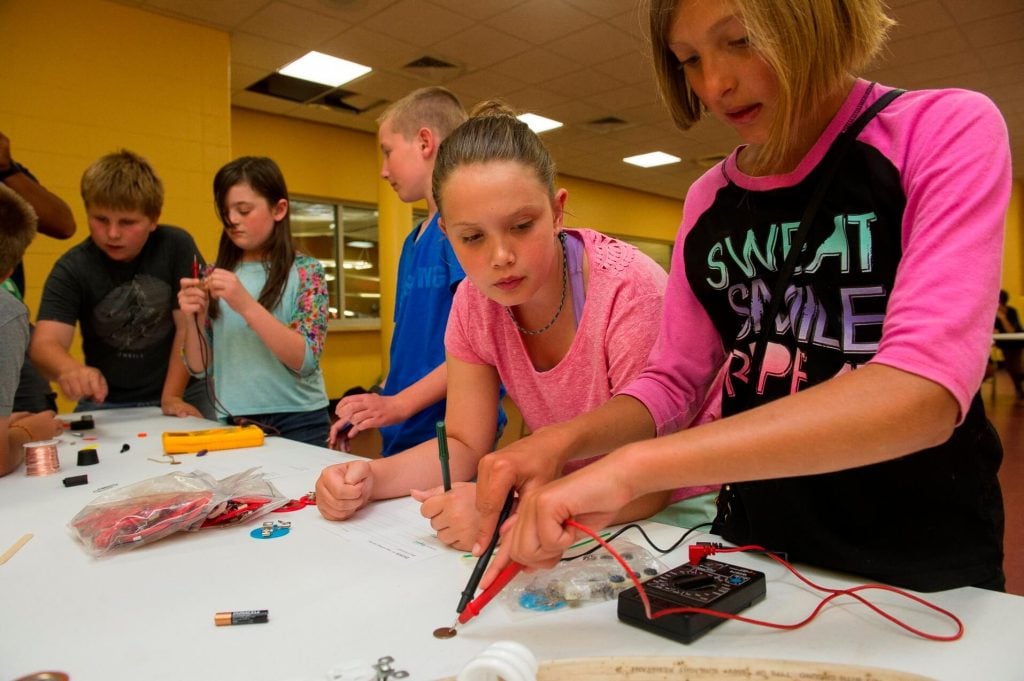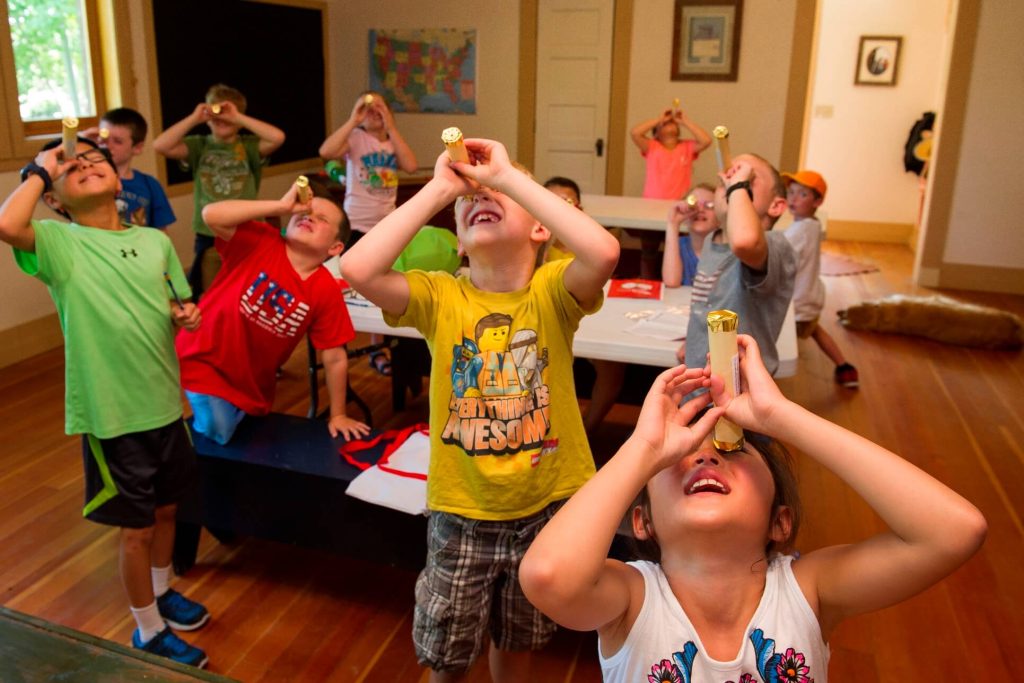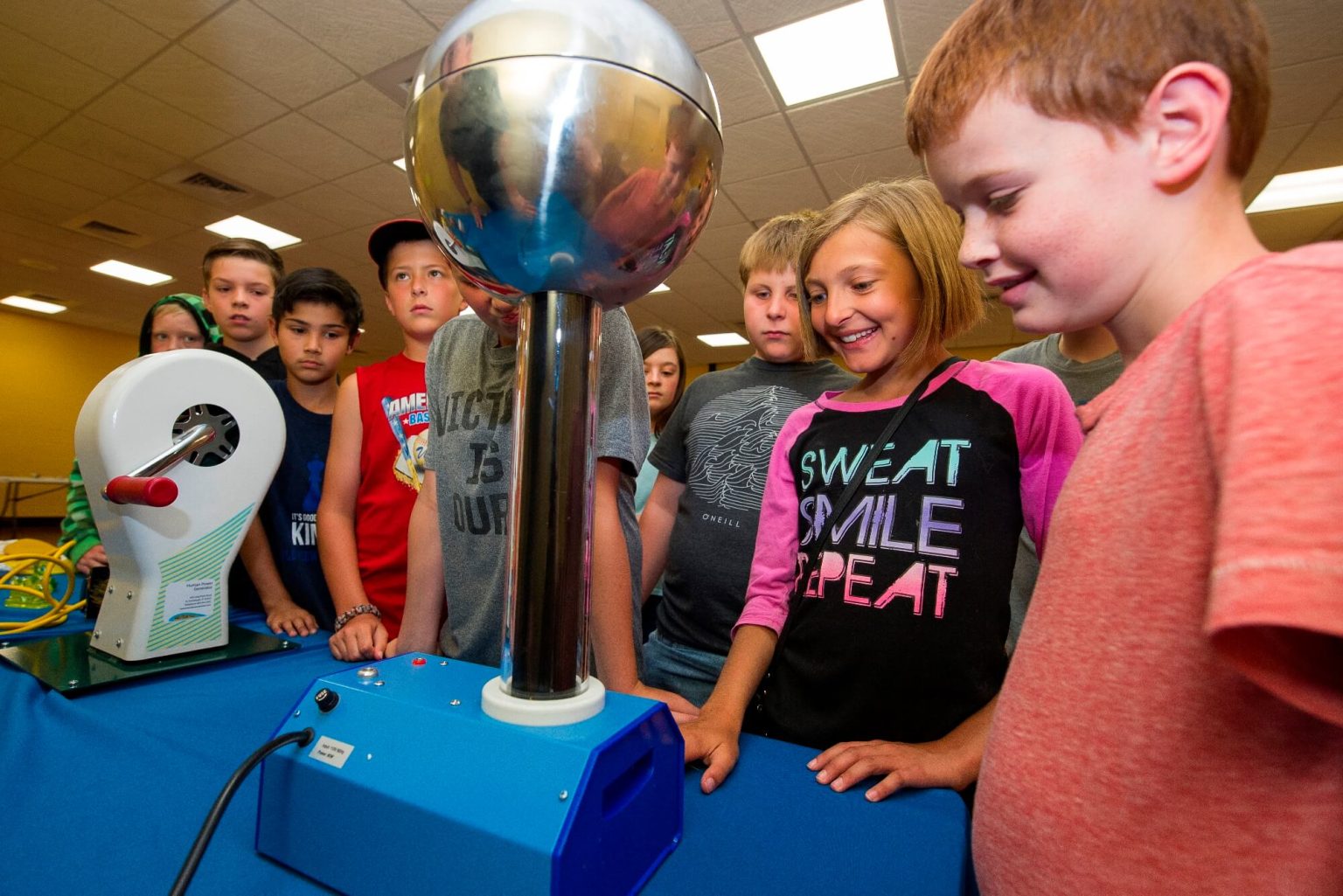Summertime: the season for trips, outdoor outings and soaking up the sun. While many may put down the books during summer vacation, a select group of students in eastern Idaho are furthering their passion for Science, Technology, Engineering and Math (STEM).
In mid-July, Idaho National Laboratory (INL), in partnership with Idaho Falls Parks & Recreation, hosted three multiday STEM camps for Idaho students ranging in age from 8 to 18.
High school students had the opportunity to work side by side with National & Homeland Security (N&HS) instructors, providing them hands-on experience using various ethical hacking techniques and methods to better understand and improve security applications. They also learned about cybersecurity practices and real-life situations where professionals worked to thwart cyberattacks.

“Cybersecurity is one of the fastest-growing, most widely needed careers in the world. Plus, it’s a fun profession,” said Wayne Austad, INL Cybercore director. “These future innovators may one day be the ones we rely on to keep the power on and the water running.”
Students in this course shared an interest in computer programming and cybersecurity, experience with computer programming, and an enthusiasm for solving complex problems.
Understanding that it would take a unique and youthful curriculum to draw these teenage students into the complex world of cybersecurity, INL intern Hannah Pearson was asked to take on the task of developing the course. Pearson is currently forging her way through a degree in computer science at the University of Idaho.
“I wish an opportunity like this had been available to me when I was in high school,” said Pearson. “It was so much fun to plan. I wanted students to experience the excitement and satisfaction of programming and solving challenging problems, and then leave with great memories and an understanding of cybersecurity career possibilities.”
At the close of the camp, students assembled and coded their own robots. Their newly acquired programming skills were put to the test as their robots set out to make it through an obstacle-filled maze.
Middle school students were introduced to the world of energy as they learned about electric currents, how lights work, how our local power plants are operated, and the difference between renewable and nonrenewable energy sources.
On the second day of the camp, students visited Idaho Falls Power, the municipal electric utility serving the corporate city limits of Idaho Falls, Idaho.

“Hydroelectric power was my favorite (topic) to learn about, because it is a really cool way to produce energy from water!” said Michael, age 11.
As part of the nation’s lead nuclear laboratory, Vince Wray, a teacher involved with the INL STEM program, took the opportunity to educate students on what nuclear energy is, how electricity is captured through nuclear fission, and the abundant career possibilities in the nuclear field. Understanding how it all works is the first step in inspiring this future workforce to pursue a future related to nuclear.
“Nuclear energy is sometimes a difficult concept to understand,” Wray said. “To begin, we discussed how radiation is already abundant in the world around us. Once they understood the basics, we discussed how nuclear power production works, and why it is a viable and safe energy source.”
The youngest group of students learned that energy is all around us. These elementary students engaged in a diverse series of exciting activities to introduce them to the world of STEM through practical science applications.
Peddling a bike in a race to mix their own smoothie, creating power using a potato, and operating a pulley system were just a few of the student’s favorite activities.
“All of the projects we got to do were my favorite part about the camp,” said Elijah, age 8. “Our instructors were both really fun and planned fun projects!”

Many parents were also impressed with the quality of this camp, one saying, “My daughter had so much fun! We will definitely join again next year.”
Mike Winston and Garry Brown are both former teachers who work with the INL K-12 STEM program, traveling around local communities to spark an interest in STEM education and careers.
“I spent 47 years as a chemistry teacher,” Brown said. “Once I retired, I couldn’t stop sharing my passion for STEM. Opportunities such as these allow me to share my love of science that I’ve had since I was a boy.”
As these camps drew to a close, students walked away with a deepened knowledge on how STEM is an integral part of the world in which we live. The lab plans to continue hosting these summer camps on an annual basis, because investing in young talent is key to filling the highly needed and exciting STEM careers of the future.





